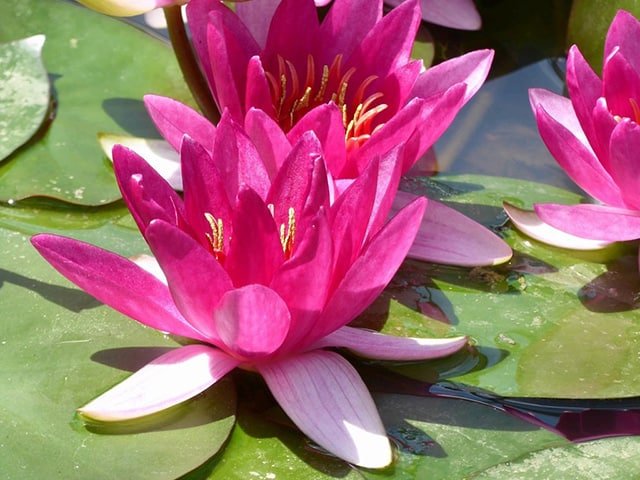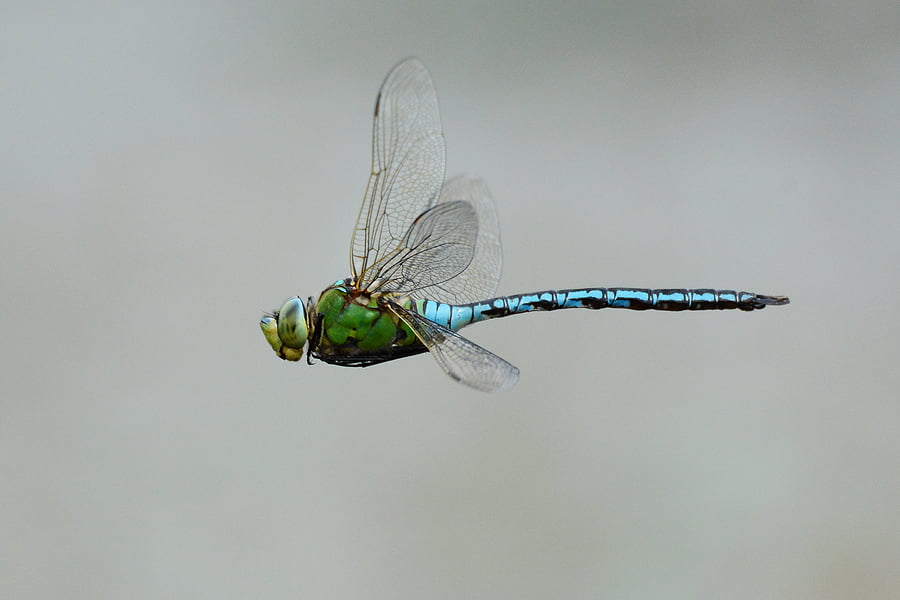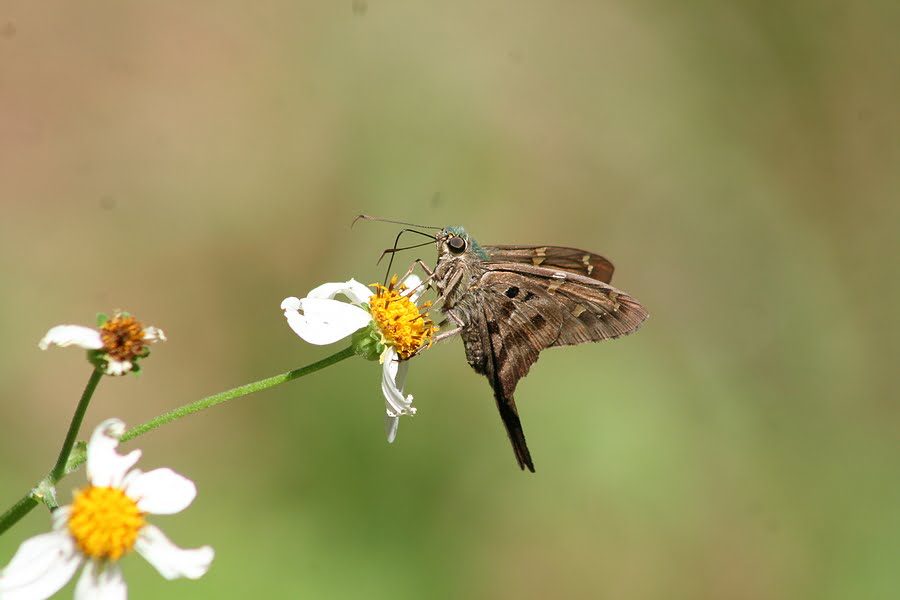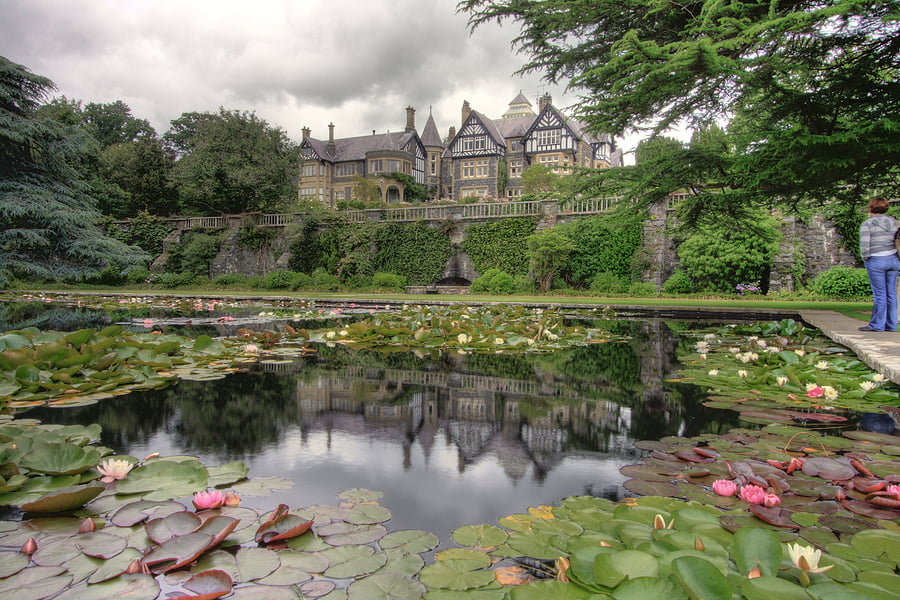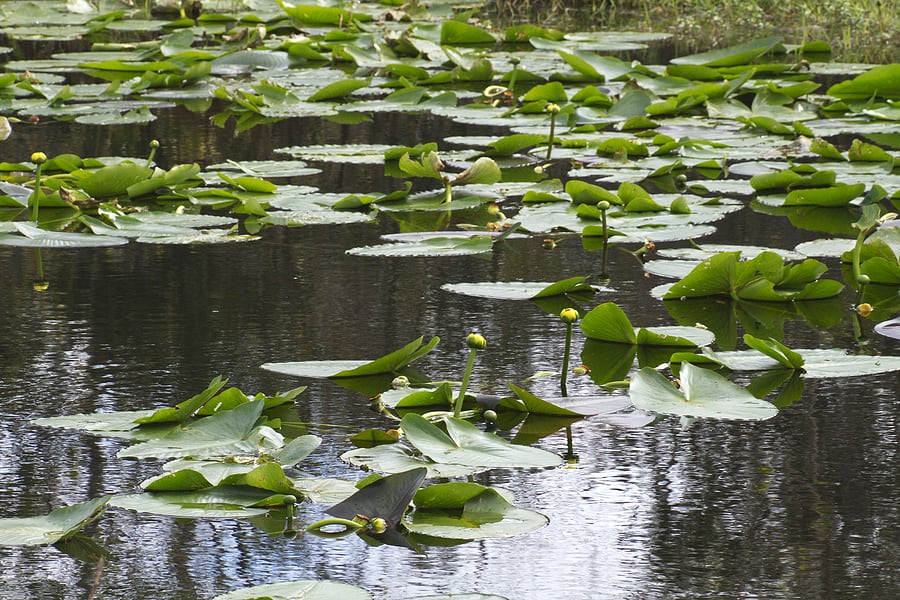
Protect Ponds Against Snow As Temperature Drops
17th November 2021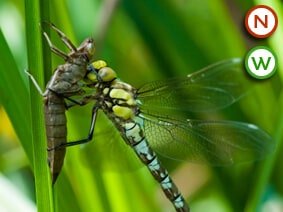
How To Help Nature In Your Garden
27th November 2021Once you have designed and built your garden pond and filled it with water, it will need plants to complete your new garden feature. Carefully chosen plants will help to create the ideal ecosystem for clear water and abundant wildlife.
Whether you aim to attract wildlife from the local area, or you have unexpected arrivals that would make use of a pond, a mix of pond plants will ensure that the pond is healthy.
Oxygenators will help keep the water in good health whilst floating plants and deep water plants will help to provide shade for the pond’s inhabitants, as well as prevent excessive algal growth. Plants around the edges of the pond will help it to blend into the surroundings, as well as be an important habitat for wildlife.
Pond plants are classified by the depth of water they prefer.
Oxygenating plants float on the surface or hang in the water, and do not need their roots to be anchored in the soil. Good native oxygenators include Hornwort (Ceratophyllum demersum), Willow moss (Fontinalis antipyretica), and water violet (Hottonia palustris).
The water violet produces spikes of violet flowers in the summer, creating a haven for dragonflies and damselfly nymphs. You should aim to have half to two-thirds of the pond surface covered with floating plants.
Avoid any invasive non-native species such as: Parrot’s feather (Myriophyllum aquaticum); New Zealand pygmy weed (Crassula helmsii); Fairy fern (Azolla species); Curly waterweed oe Elodea crispa (Lagarosiphon major); Nuttall’s pondweed (Elodea nuttallii); Canadian pondweed (Elodea canadensis); and Duckweed (Lemna species), as they will smother native plants and clog watercourses. It is still possible to buy some of these plants from irresponsible traders on Amazon and Ebay so please be wary.
Marginals are essentials for wildlife to be able to thrive. They provide shelter above and below the water line, and allow wildlife to be able to climb in and out of the pond. Marginal plants are those that like to paddle in the shallows of the pond and the wet edge of the pond’s boundary and can very in depth from a couple of centimetres up to 60cm for some of the larger reeds.
Some examples are Marsh marigolds (Caltha palustris), Water forget-me-not (Myosotis scorpiodies), Lesser spearwort (Ranunculus flammula) with its yellow buttercup flowers, and Arrowhead (Sagittaria sagittifolia) with leaves shaped like spearheads and white flowers. All of these are native to the UK and suitable for small ponds.
At the edge of the pond in any boggy areas, you can add primulas such as the veris and vulgaris, Cuckoo flower (Cardamine pratensis) with pale-lavender flowers, or ragged robin (Lychnis flos-cuniculi) with its beautiful, shredded, pink flowers.
For a colourful combination, add emerald-green foliage to the mix with our damp-loving native fern, Osmunda regalis.
Many pond plants are grown in baskets, which are then placed on the floor or shelves within the pond, and can be easily lifted out. They can prevent plants from becoming too big, making them ideal for smaller ponds.
Use specialist aquatic compost, and unless the baskets have very fine mesh sides (duch as our Finofil baskets), line them with hessian to stop the compost from seeping out. Once the plant is in place, top-dress with gravel to stop the compost from washing away.
Plants that enjoy deeper water, such as water lilies, may not be big enough to be placed straight onto the bottom of the pond. Lower them in stages by resting their basket on bricks, until their stems are tall enough to reach the surface.
If you’re looking for marginal pond plants, visit our online store today.


